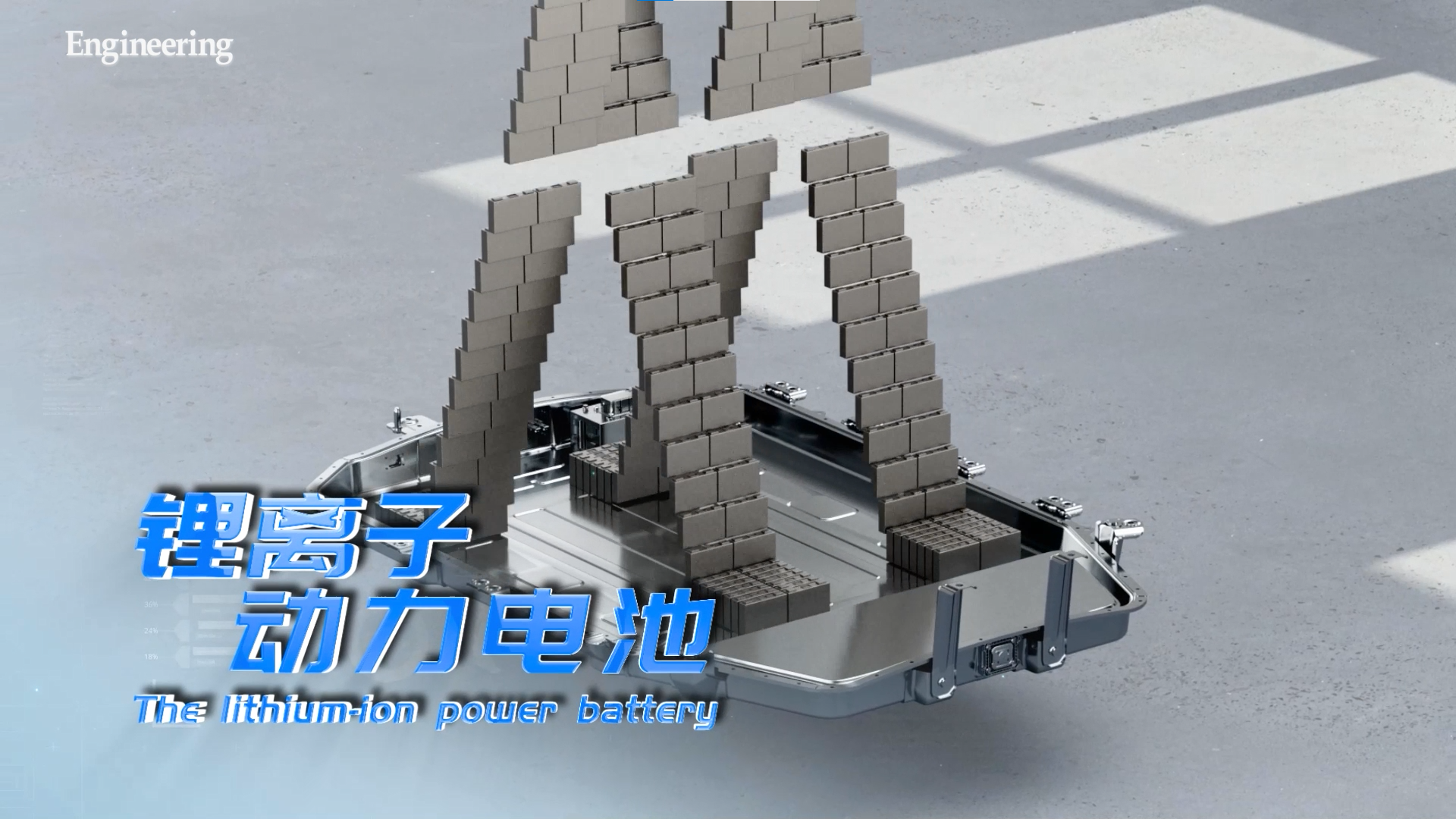Search scope:
排序: Display mode:
Frontiers of Chemical Science and Engineering 2023, Volume 17, Issue 9, Pages 1244-1253 doi: 10.1007/s11705-022-2293-5
Keywords: zinc-ion battery CaV8O20 polyaniline coating synergistic engineering high capacity
Alumina modified sodium vanadate cathode for aqueous zinc-ion batteries
Frontiers in Energy Pages 775-781 doi: 10.1007/s11708-023-0902-8
Keywords: cathodes aqueous zinc-ion batteries sodium vanadate alumina coating
Zinc-air Power Battery Used on the Electric Bicycle
Zhu Mei,Xu Xianzhi,Yang Jiming
Strategic Study of CAE 2006, Volume 8, Issue 11, Pages 99-102
Keywords: electric bicycle lead acid storage battery zinc-air battery power battery capacity
Frontiers of Chemical Science and Engineering 2022, Volume 16, Issue 5, Pages 755-763 doi: 10.1007/s11705-022-2137-3
Keywords: forward osmosis lithium-ion battery draw solution lithium-containing wastewater water treatment
Modeling and optimization of an enhanced battery thermal management system in electric vehicles
Mao LI, Yuanzhi LIU, Xiaobang WANG, Jie ZHANG
Frontiers of Mechanical Engineering 2019, Volume 14, Issue 1, Pages 65-75 doi: 10.1007/s11465-018-0520-z
Keywords: thermal management electric vehicle lithium-ion battery temperature uniformity design optimization
Preparation of biomass-derived carbon loaded with MnO as lithium-ion battery anode for improving its
Frontiers of Chemical Science and Engineering 2023, Volume 18, Issue 1, doi: 10.1007/s11705-023-2376-y
Keywords: biomass-derived carbon MnO2 lithium-ion batteries anode material high reversible capacity
Linghui Yu, Jiansong Miao, Yi Jin, Jerry Y.S. Lin
Frontiers of Chemical Science and Engineering 2017, Volume 11, Issue 3, Pages 346-352 doi: 10.1007/s11705-017-1648-9
Keywords: lithium-ion battery battery safety composite separator porosity tortuosity
Frontiers of Chemical Science and Engineering 2023, Volume 17, Issue 9, Pages 1231-1243 doi: 10.1007/s11705-023-2306-z
Keywords: anthraquinone-based polyimide multi-effect tin dioxide reduced graphene oxide lithium-ion battery
Frontiers in Energy doi: 10.1007/s11708-023-0891-7
Keywords: machine learning lithium-ion battery state of health neural network artificial intelligence
Lithium-ion modified cellulose as a water-soluble binder for Li-O battery
Frontiers in Energy 2022, Volume 16, Issue 3, Pages 502-508 doi: 10.1007/s11708-021-0750-3
Keywords: cellulose binder specific capacity cyclabi- lity lithium-oxygen batteries
Lithium Batteries for Electric Vehicles
Chen Liquan
Strategic Study of CAE 2002, Volume 4, Issue 11, Pages 32-36
Keywords: electric vehicle hybrid electric vehicle Li-ion battery battery materials
Feng XUE, Beicheng XIA, Rongrong YING, Shili SHEN, Peng ZHAO
Frontiers of Environmental Science & Engineering 2013, Volume 7, Issue 4, Pages 531-538 doi: 10.1007/s11783-013-0506-3
Keywords:
biosorption
Frontiers in Energy 2023, Volume 17, Issue 5, Pages 569-584 doi: 10.1007/s11708-023-0875-7
Keywords: lithium (Li)-ion battery (LIB) Li metal battery three-dimensional (3D) composite Li metal anode mechanical
Research on the Microscopic Mechanism and Microscopic Phenomena of the Gas Porous Electrode Reaction
Zhu Mei,Xu Xianzhi,Yang Jiming
Strategic Study of CAE 2005, Volume 7, Issue 5, Pages 79-83
Keywords: porous electrode three-phase interface zinc-air battery

Title Author Date Type Operation
Vanadium oxide cathode with synergistic engineering of calcium-ion intercalation and polyaniline coatingfor high performance zinc-ion batteries
Journal Article
Lithium-based draw solute for forward osmosis to treat wastewater discharged from lithium-ion battery
Journal Article
Modeling and optimization of an enhanced battery thermal management system in electric vehicles
Mao LI, Yuanzhi LIU, Xiaobang WANG, Jie ZHANG
Journal Article
Preparation of biomass-derived carbon loaded with MnO as lithium-ion battery anode for improving its
Journal Article
comparative study on polypropylene separators coated with different inorganic materials for lithium-ion
Linghui Yu, Jiansong Miao, Yi Jin, Jerry Y.S. Lin
Journal Article
anthraquinone-based polyimide enclosed SnO/reduced graphene oxide composite as high-performance anode for lithium-ionbattery
Journal Article
learning and neural network supported state of health simulation and forecasting model for lithium-ionbattery
Journal Article
Three-dimensional composite Li metal anode by simple mechanical modification for high-energy batteries
Journal Article
Research on the Microscopic Mechanism and Microscopic Phenomena of the Gas Porous Electrode Reaction
Zhu Mei,Xu Xianzhi,Yang Jiming
Journal Article
The lithium-ion power battery
20 Dec 2023
Conference Videos








